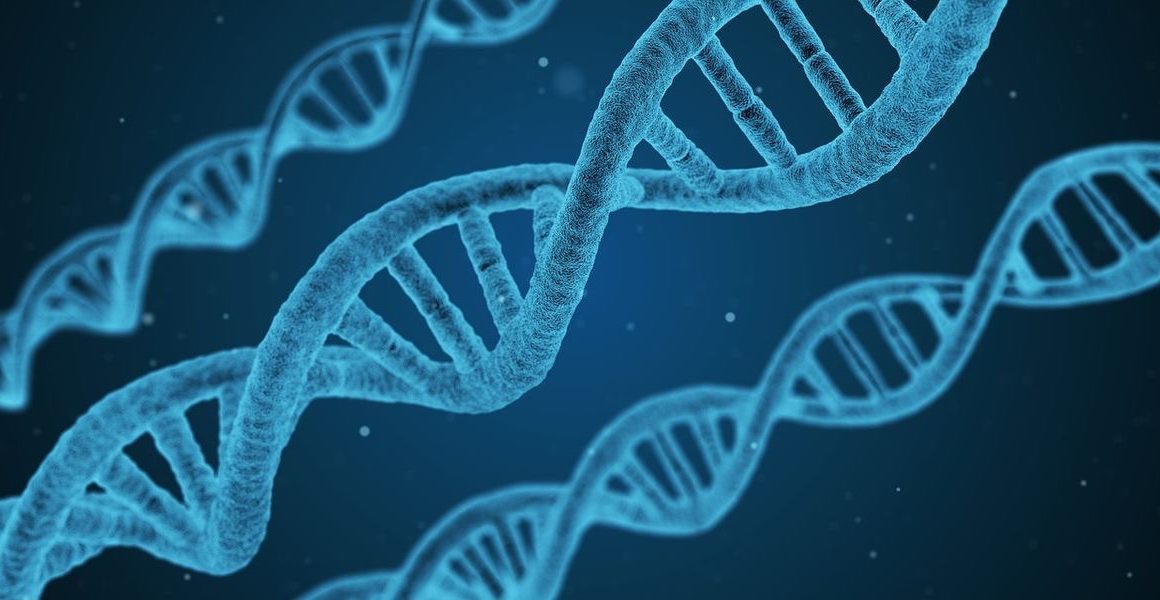
READING TIME: 3 MIN
Each one of these kids is unique, and that can be the scariest thing of all.
I had worked my whole career in financial services and Lisa was a physician assistant, so we divided up the complicated stuff. I took care of savings and investments, and she handled all things medical. I had never liked science, so I was relieved that she dealt with doctors and labs. But after we had Gabriella, I had no place to hide.
Gabriella had a club foot, so we saw an orthopedic surgeon. She developed cataracts, so we went to an ophthalmologist. Over time, we took her to the neurologist and the gastroenterologist, the nephrologist and the urologist, the pulmonologist and the physiatrist.
And then there was the geneticist.
When Gabriella was six months old, we got a call from her geneticist, who had come up with a diagnosis. We became hopeful, because not knowing left us with so many unanswered questions. Would her lungs be more at risk, or her heart? Would she develop precocious puberty? Would she be susceptible to seizures?
Would she ever walk or talk?
So we went to hear the Word. With authority, the geneticist told us Gabriella had Opitz Trigonocephaly.
Huh?
Even for Lisa, this was gibberish. Opitz was a genetic syndrome so rare, there were less than 40 known cases in the world. Our geneticist proposed to write an article about discovering Gabriella’s condition, but only after we understood what Opitz Trigonocephaly meant.
First, Gabriella would be “profoundly mentally…delayed”, except the geneticist used the R word. (Even 22 years ago, it hit me like a slap.)
Second, she wouldn’t live to be a year old.
And third, there was a one-in-four chance that any future child would have the same syndrome.
We went numb.
The diagnosis put my natural optimism to the test, and I rejected it at once. Some of the traits the geneticist had ferreted out? I didn’t see them. Trigonocephaly refers to an irregular shape of the head, but Gabriella’s head looked no different from my own. A cleft in her ear-lobes, where? Lisa was also skeptical. We spent months convincing ourselves that the geneticist was motivated by hunting big game. But what if we were wrong? We reread the reference materials. We considered flying to Utah for the annual conference with Doctor Opitz and other “Opitz families”.
As Gabriella’s first birthday approached, we prayed for a miracle, or at least a misdiagnosis. With relief and vindication, we held a big party to celebrate this milestone. Didn’t this prove she didn’t have Opitz?
We hoped it was all fictitious. Maybe her brain would be unimpacted. (We already feared that she would never walk – as one of our doctors said early on, “Some kids are just good sitters” – but I pictured her as a brainy kid in a wheelchair.)
We didn’t even dare to think about the prophecy for another baby.
As time passed, we became convinced that our deepest wish had come true, and Gabriella didn’t have Opitz Trigonocephaly. Two and one-half years after that initial meeting, the geneticist reached out to us to confess that, as we had prayed and dreamed and hoped, the diagnosis was wrong.
We already knew.
Over the next twenty years, we’ve seen other geneticists, done DNA tests and blood work, tiptoed into other doctors’ offices unsure of what we might learn, but none has ever offered another answer. We’ve become more comfortable treating the symptoms as they arise, without a need to know the grand design. And we accept that Gabriella has an undiagnosed syndrome, a genetic anomaly, a mystery all her own.
For in the end, each one of these kids is unique.








Paul, As you know I’m a friend of your Mom’s.
I admire you parents so very much, MY grand daughter is going through much the same thing as you. Alex is now 11. Different disabilities. I look forward to reading your blogs. Trudy
Welcome aboard, Trudy – it’s great to have you with us for the ride. For all the challenges, I suspect your granddaughter finds that Alex is an amazing child who brings many blessings.
Paul